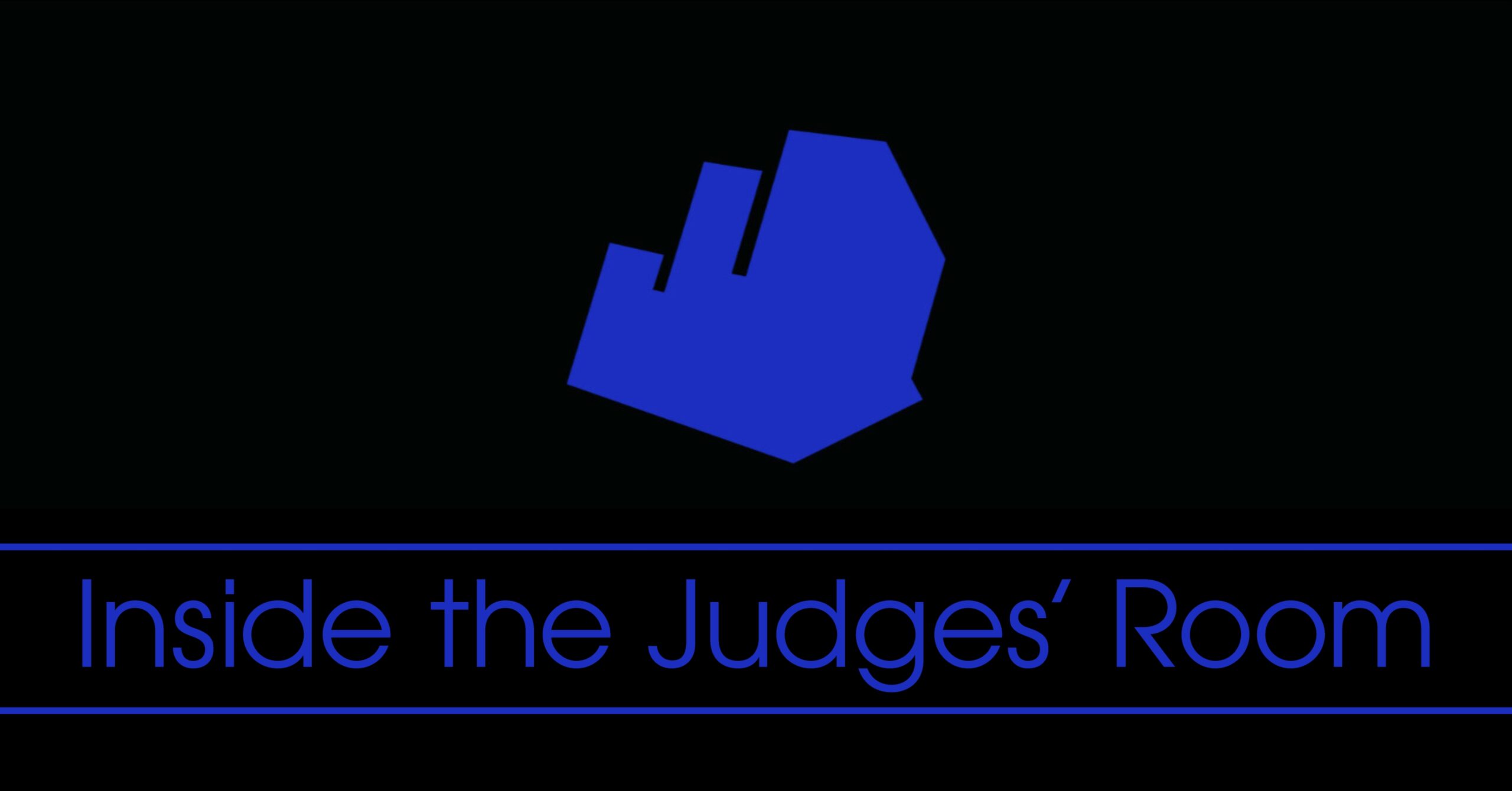
In 2017, Ogilvy Social.Lab was tasked with drawing visitors to Flanders Field, the site of the infamous Battle of Passchendaele, where millions of soldiers tragically drowned in mud. The team knew that this visceral, compelling story would be the key to meeting the site’s annual visitor and ticket sales targets.
With Visit Flanders, the team designed a campaign that illustrated and honored the battle: The Mud Soldier, a statue created with mud sourced from Flanders Field. The statue was placed in the middle of Trafalger Square in London, left to wash away over several days as recognition of the battle grew. A multi-part social campaign followed encouraging tourists to book a visit to the site.
The campaign attracted social media buzz and earned media, and ultimately increased visitor volume from its target markets. This past October, Mud Soldier was awarded the Grand Effie at the 2018 Euro Effie Awards, following wins in the Small Budget and Brand Experience categories.
We spoke to Mathieu Cardon (Creative Director) and Jakub Hodbod (Strategy Director) at Ogilvy Social.Lab about how the campaign effectively converted reverence into tourism.
What were your objectives for “The Mud Soldier”?
JH: Our client was the Flemish tourism authority Visit Flanders. Their destination program “Flanders Fields 14-18,” designed to attract visitors to WWI battlefields in West Flanders, was experiencing two years of decline. Our objective was to reverse falling visits against a background of terror attacks in Belgium and with a limited budget.
What was your primary audience for the campaign, and why?
JH: We focused on potential visitors from European and selected overseas countries, which participated in the battles in Flanders Fields in 1914-18. Our key segment was culturally aware Baby Boomers. Why? They had generous travel budgets. They were seeking authentic cultural experiences.
MC: For some, a trip to Europe meant re-discovering their self-identity, through the experiences of their family members in battles, and a legacy they would pass to their children and grandchildren.
Describe the research that your team conducted while developing the campaign.
MC: We took the whole creative and strategic team to Flanders Fields and spent two days in museums, at cemeteries and in the trenches to gather and ingest as much information and insights as possible about the battle of Passchendaele. That’s where we learned that in one of the deadliest battles in history which took place in Flanders Fields in 1917, one of the biggest killers were not bullets, shells or disease…it was rain and mud.
In one sentence, state your strategic big idea.
JH: Mud Soldier – never let the memory of 500.000 deaths wash away
How did you bring the idea to life?
MC: The insight into the battle was brought to extraordinary life by the Mud Soldier, an ephemeral statue placed in London’s Trafalgar Square to mark Passchendaele’s centenary. Made of sand and mud taken from the battlefield, the statue slowly dissolved as it was exposed to the rain.
JH: The Mud Soldier statue attracted lots of attention and generated earned media PR exposure. This activation was married with a detailed paid social media amplification plan targeting identified audiences with the highest affinity to visit Flanders Fields. We created a video about the Mud Soldier and launched a sequential story-telling funnel on social, expanding the initial emotional connection to rational reasoning with content introducing the Flanders Fields WWI sites. This messaging was personalized based on demographics and location of potential visitors.
Watch the full case video here >
How did you measure the effectiveness of “The Mud Soldier”?
JH: We analyzed the increase of unique visitors from selected markets, and also looked at the increase of revenue from ticket sales in selected venue in Flanders Fields. And we measured changes in the tourism arrivals & overnights too. Of course, we tracked Mud Soldier’s resonance in the media and online. At one point, #Passchendaele100 was even trending topic on Twitter worldwide and The Mud Soldier was selected as the best photo of the day in the Guardian. Overall, we grew unique visitors by 15%, drove nearly €1.5 million in incremental ticket revenue and generated €6.95 for every €1 spent.
Is there anything you can share about the emotional connection you aimed to build with your audience, and why this was important to the campaign’s effectiveness?
JH: Based on the social listening, we knew that our target audience likes emotional storytelling linked with WW1.
MC: Our goal was to establish an emotional connection without “hard-selling” the destination. The Mud Soldier did exactly that.
What was the biggest challenge you faced while developing this campaign? How did you approach this challenge?
MC: The biggest challenge was the design of the Mud Soldier. A lot of live tests were necessary to find the perfect combination of sand and mud taken from Flanders Field to create a mud soldier that would dissolve in the rain slowly in a matter of a few days, and not immediately.





































































